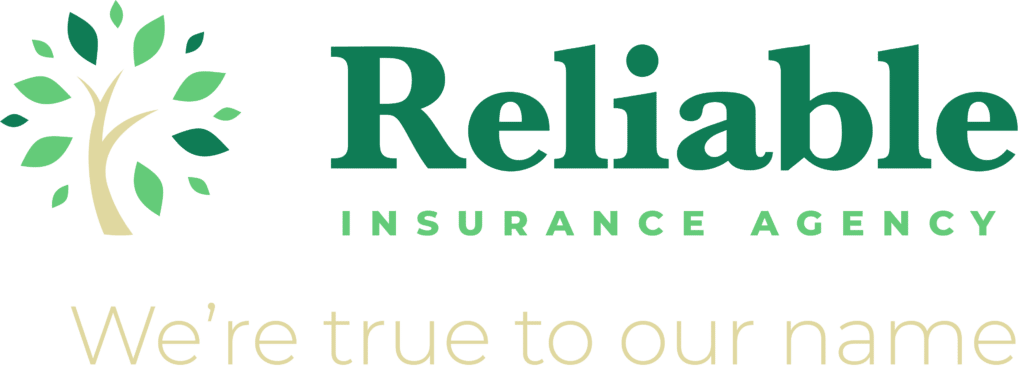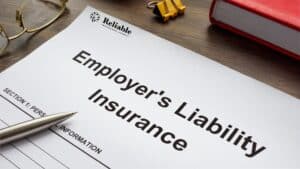This winter was historic, falling just shy of numerous all-time snowfall records throughout Minnesota and Wisconsin. Spring is finally upon us, rejuvenating us all with warmer weather! But with this welcome change comes the worry of water entering the home through a variety of means. And since water flows downhill, wet basements are the result. We worked with Dryco Restoration Services to create this blog to help you prevent damage from water backups. And just as important, how to get the water out of your house if it does make it in.
Common Drainage Systems
Water will always seek the lowest point, and often that is your basement or crawl space. In order to protect against water entering your home, it is important to understand the components that combat this liquid assault.
- External in-ground drains installed within your yard, usually in low points, to route water downhill or away from the home. Examples include channel drains, catch basins, and French drains which collect and move water away.
- In-home/basement floor drains installed either inside or below your home’s foundation. Typically, they will drain to a sump pit within your basement or to a low point away from your home or to your external drainage system.
- Sump Pump/Sump Pit is a common feature in most Northland area homes. Designed to steer water into a common low point, these systems then “pump” water out and away from your home. Electric sump pumps can last for up to 5+ years, or as little as 1 year. As water rises in the sump pit a flow switch alerts the pump to expel any water within the pit.
- Gutters, a common system on most homes, line the roof eaves to direct water to down spouts which most commonly spill out into your yard and away from the home.
Drainage System Failures
Next, we identify the most common ways home drainage systems fail. The University of Minnesota Extension has published an informative document that details many of the causes of and solutions for system failures. This could be a useful tool to help you learn more about your home’s drainage system.
- External in-ground drains can become compromised when debris or ice/frozen material create a blockage. Drains often reside below the frost line, protected from dirt or contaminants. But it is very possible for them to fail if water cannot properly route away from your home.
- In-home/basement floor drains most commonly fail when they become clogged or when there is a blockage somewhere in the line. A failure or blockage causes water to back up below or within your home’s foundation or basement.
- Sump pumps most commonly fail due to power outages, clogs, or burnouts. Powered by electricity, your sump pump will fail and likely overflow because the it has no way to expel water. Improperly lined or protected sump pits can clog and halt the flow of your sump pump. Sump pumps rarely last more than a few years before failure. And the more your sump pump works, the more likely it is to fail sooner than later. Additionally, discharge lines can be blocked or clogged, leading to expelled water being sent back into your home.
- Gutters become far less effective in northern climates due to freezing. Gutters and downspouts become plugged, allowing snowmelt to pour over the edge and down the foundation. Water can back up behind these ice dams, eventually finding a way into the house.
Avoiding Drainage Failures
Drainage systems can fail from any of the aforementioned causes, but the list is much larger than that. Here are some strategies that can help you prepare for an unexpected failure and will help keep your basement or crawl space dry.
- Keep drainage systems open. Ensure all drainage systems have a clear exit route. Clear these areas of any blockage. If water is freely flowing from these exit points once cleared, your drainage system should be working properly.
- Have a battery back-up for your sump pump. This allows your system to continue to work even if the power to your home goes out. As soon as the sump pump fails, this system will turn on and continue pumping water out of your sump pit. These systems will warn you if they turn on or are not functioning properly. Additionally, municipal water-powered sump pumps are an option for those with municipal water supplies that act in a similar way to a battery backup. When your primary sump pump fails, a valve or lift will trigger the water-powered pumps to push water through your discharge line, creating suction which pulls the water out of your sump pit.
- Do not use salt products to clear gutters. This is not a recommended solution, as it can corrode and eat away at your roof and gutters. Furthermore, water with high amounts of dissolved salt can harm vegetation and small animals or pets. Unfortunately, breaking this ice manually can damage your gutters beyond repair, creating a new issue. If possible, pouring hot water in your gutters is the best way to clear them without damage. Using a roof rake to clear away snow and ice buildup allows gutters to thaw more quickly on their own.
Home Insurance Considerations
We hope no one has to suffer through a wet basement and that we all can prevent damage from water backups. However, it is important to understand the proper steps to follow to keep the situation as stress free as possible. Because, like it or not, it is almost a certainty that your basement will leak at some point. Make sure that your insurance plan accounts for water backup, thus increasing the likelihood that claims are resolved quickly.
Most companies let you add extra coverage, called water backup of sewers and drains, and let you choose your coverage amount in $5,000-$10,000 increments up to a certain limit. This will cover you in the event you have water enter your home through a backed-up sewer, most likely to happen during the spring or heavy rains. Once activated, any added coverages commonly are accompanied with a 30-day waiting period.
Choosing Proper Coverage and Limits
Not all homeowners or rental policies have water backup coverage built into them. Review your policies carefully to become familiar with the coverages and limits. Inventory the affected area(s) to determine proper coverage limits:
- Contents stored in the area a backup is most likely to occur?
- Do you have carpet, furniture, personal belongings, appliances, etc that could be damaged?
- The more items likely to be damaged, the more coverage you will want to have.
A Reliable Agency Personal Lines Agent can help you find the best plan for your needs. Reach out today to learn more about this type of coverage today! Because here at Reliable Agency, Inc., we hope that each of our clients can live more joyfully, not having to worry about their insurance policies because we have worked together to find a plan the fits their unique needs.









